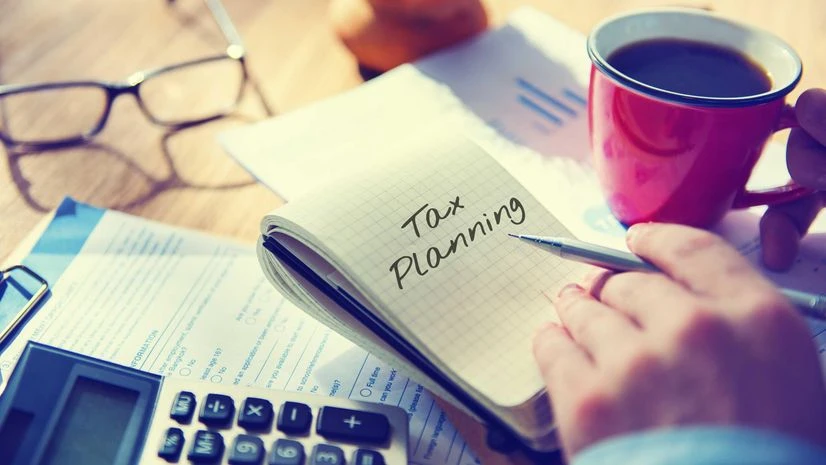When it comes to claiming House Rent Allowance (HRA) exemption, salaried individuals often find themselves confused. If you're paying rent for your accommodation and receive HRA as part of your salary, you can claim an exemption that reduces your taxable income. But how exactly can you claim the full HRA exemption? And what documents do you need to present as proof? Let’s break it down.
Key points to note
HRA in salary slip: HRA is part of your salary and shown in your salary slip and tax projection statement
Rent agreement & receipts: Both are necessary for claiming HRA exemption
Proof of payment: Rent receipts are crucial for proving actual rent payments
Also Read
Assessing officer’s role: They can reject claims without proper documentation
PAN requirement: Needed if annual rent exceeds Rs 1 lakh
The basics of HRA
HRA is shown in your salary slip and also in the tax projection statement provided by your employer at the start of the financial year. As it’s part of your salary, the HRA deduction is also reflected in Part B of Form 16, which your employer provides.
However, if you shift to the New Tax regime, the exemption for HRA will not be applicable.
Importance of rent agreement
"While the absence of a rent agreement doesn't automatically lead to the denial of HRA, taxpayers without this document may face challenges in substantiating their claims during tax assessments.
Therefore, it is advisable for taxpayers to maintain a rent agreement and other supporting documents to validate their HRA claims and comply with tax regulations," says says Adhil Shetty, CEO, Bankbazaar.com.
He goes on to explain, "Some employers might allow HRA claims without a rent agreement, but this is not a standard practice. Even if your employer allows the claim without a rent agreement, the Income Tax authorities might ask for it while processing your ITR. In the absence of a rent agreement and sufficient proof of rent payment, they could deny your HRA exemption".
Is a rent agreement enough?
You might think that having a rent agreement is sufficient for claiming HRA exemption, but that’s not the case. According to the income tax department, while a rent agreement is important, it’s not enough on its own. Rent receipts are crucial as they prove that you’ve actually paid the rent specified in the agreement. Keep both documents handy, as the Income Tax Department may ask for them to verify your claim.
Adhil Shetty says, "Simply signing a rent agreement does not guarantee that rental payments have been made. There are cases where individuals enter into rent agreements with family members but do not actually conduct rental transactions. In such instances, the absence of rent receipts and proof of actual payments could lead to the denial of the HRA claim".
The role of the assessing officer
The income tax assessing officer has the authority to reject an HRA claim if you fail to provide the necessary documentation. They are empowered to collect information and verify the legitimacy of claims in tax returns. They can conduct inquiries and request additional documents to ensure the claims are valid.
PAN card requirements for HRA exemption
If your annual rent payment is below Rs 1 lakh, you don't need your landlord's PAN. However, if the rent exceeds Rs 1 lakh per year, you must provide your landlord's PAN to your employer. For rents above Rs 6 lakh annually, a 10% Tax Deducted at Source (TDS) is required from the tenant.
"Your landlord’s details are necessary as the PAN details of the landlord allow tax authorities to cross-verify the rental income declared by the landlord with the income reported in their tax returns. This helps ensure that landlords accurately report rental income and pay taxes on it," Shetty says.
What if your landlord doesn’t provide PAN details?
In cases where the annual rent exceeds Rs 1 lakh, sharing your landlord’s PAN with your employer is mandatory. If your landlord doesn’t have a PAN, they need to give you a written declaration with their name and address.

)
